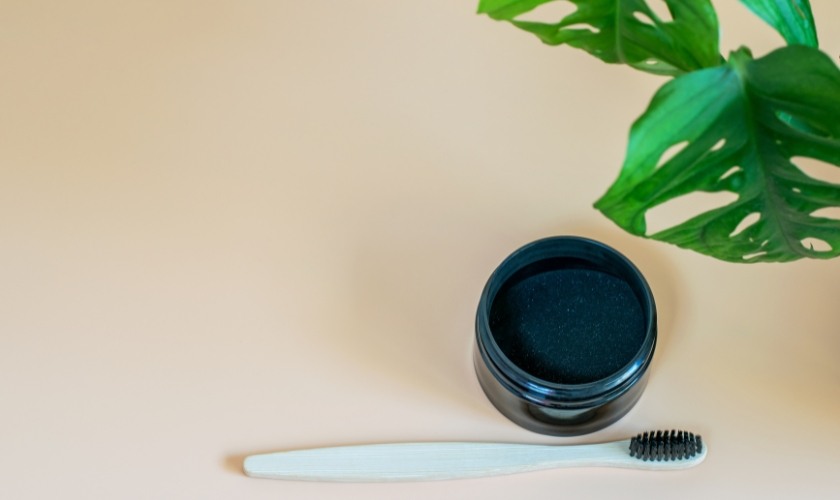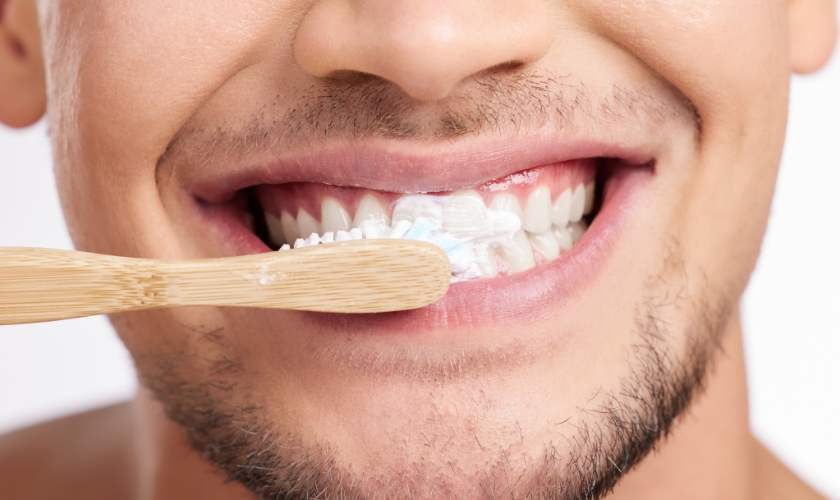
Does Charcoal Really Work for Teeth Whitening?
Charcoal toothpaste has been trending all over social media, with influencers swearing by it for a whiter smile. But does charcoal for teeth whitening actually work, or is it just hype? You might’ve seen those dramatic black toothpastes and wondered if they really deliver on their promise of a sparkling smile. Let’s dive into the facts and figure out if charcoal is a miracle product or just another fad.
What is Activated Charcoal?
Activated charcoal isn’t the same stuff you throw on your grill. It’s a fine, black powder made from materials like coconut shells, wood, or even olive pits. The “activated” part means it’s been processed at high temperatures to make it more porous, increasing its ability to absorb substances. That’s why it’s often used in medicine for detoxifying. But when it comes to charcoal for teeth whitening, how effective is it?
1. How Does Charcoal for Teeth Whitening Work?
The idea behind charcoal for teeth whitening is that the porous surface of activated charcoal binds to stains on your teeth, supposedly lifting them off the surface. People claim it can remove surface stains from things like coffee, wine, and even tobacco. While the logic sounds good, the reality might not be as bright (pun intended).
Here’s the thing: charcoal’s abrasiveness might scrub away surface stains, but it can’t change the actual color of your teeth. And using abrasive material like charcoal too often could actually do more harm than good by wearing down your enamel. Your enamel doesn’t grow back, so once it’s gone, it’s gone. Yikes, right?
2. The Risks of Using Charcoal for Teeth Whitening
Before you jump on the charcoal bandwagon, let’s talk about the potential risks:
- Enamel erosion: As mentioned earlier, activated charcoal can be abrasive. While it might polish away some surface stains, it can also wear down your enamel, leaving your teeth more sensitive and more vulnerable to cavities.
- Uneven whitening: Charcoal might remove some stains, but it won’t whiten all areas evenly. So, you might end up with a smile that’s more patchy than pearly.
- Gum irritation: Charcoal’s gritty texture can be tough on your gums, potentially causing irritation or even damage with repeated use.
While the charcoal trend is tempting, it’s essential to understand that it may not be as safe as it seems.
3. Are There Better Alternatives for Teeth Whitening?
If you’re looking for a brighter smile, there are safer and more effective alternatives to charcoal:
- Whitening toothpaste: Many whitening toothpastes contain gentle abrasives and bleaching agents like hydrogen peroxide that help remove stains and lighten your teeth without harming your enamel.
- Professional whitening treatments: These treatments, offered by your dentist, are designed to safely and effectively whiten your teeth. From in-office bleaching to custom-fit whitening trays, professional methods provide fast and long-lasting results.
- Over-the-counter whitening strips: These are a great at-home option that can gradually whiten your teeth over a couple of weeks without the risk of damaging your enamel.
When in doubt, consult with your dentist to find the safest and most effective teeth-whitening solution for you.
4. What to Look for in Teeth Whitening Products?
Not all teeth-whitening products are created equal. If you’re still interested in exploring alternatives to charcoal, here’s what you should keep in mind when shopping for whitening products:
- Non-abrasive ingredients: Look for products with ingredients like hydrogen peroxide or carbamide peroxide, which help lift stains without damaging your enamel.
- ADA Seal of Acceptance: The American Dental Association (ADA) tests products for safety and effectiveness, so always check for the ADA seal when picking your whitening products.
- Professional advice: Don’t underestimate the importance of talking to your dentist! They can guide you toward the best options based on your unique dental needs.
5. How Often Can You Use Charcoal for Teeth Whitening?
If you’re still curious about trying charcoal, use it sparingly. Dentists generally recommend limiting the use of abrasive materials to avoid long-term damage to your enamel. Think of it like a special-occasion thing, not a daily habit. Ideally, you should consult with your dentist first to make sure it’s safe for your teeth and gums.
6. What About Natural Teeth Whitening?
Charcoal might not be the best choice for your teeth, but there are other natural ways to brighten your smile safely. Here are a few:
- Oil pulling: Swishing coconut oil in your mouth for 10-15 minutes is said to help remove plaque and surface stains, although scientific support is limited.
- Baking soda: Some whitening toothpastes contain baking soda for its mild abrasiveness, which can help scrub away surface stains. But again, moderation is key—don’t overdo it.
- Hydrogen peroxide rinse: Diluting hydrogen peroxide with water and swishing it around your mouth for about 30 seconds can help whiten teeth over time. Just be careful not to swallow it!
If you prefer natural methods, these are much gentler than charcoal and are less likely to cause damage.
7. Is Charcoal Worth the Risk?
The bottom line is that while charcoal might offer short-term results, it’s not a miracle fix. You might see a slight improvement in surface stains, but the potential risks to your enamel and overall oral health outweigh the benefits. There are far safer and more effective whitening options that won’t put your smile at risk.
Charcoal toothpaste might be all over, but it’s not the safest bet for your teeth. While it may give you some temporary surface whitening, the risks of enamel erosion and gum irritation make it less appealing in the long run. Professional treatments or ADA-approved whitening products are your best bet if you’re committed to a brighter smile. Always talk to your dentist in Spring Hill, FL, before starting any new teeth-whitening routine.


